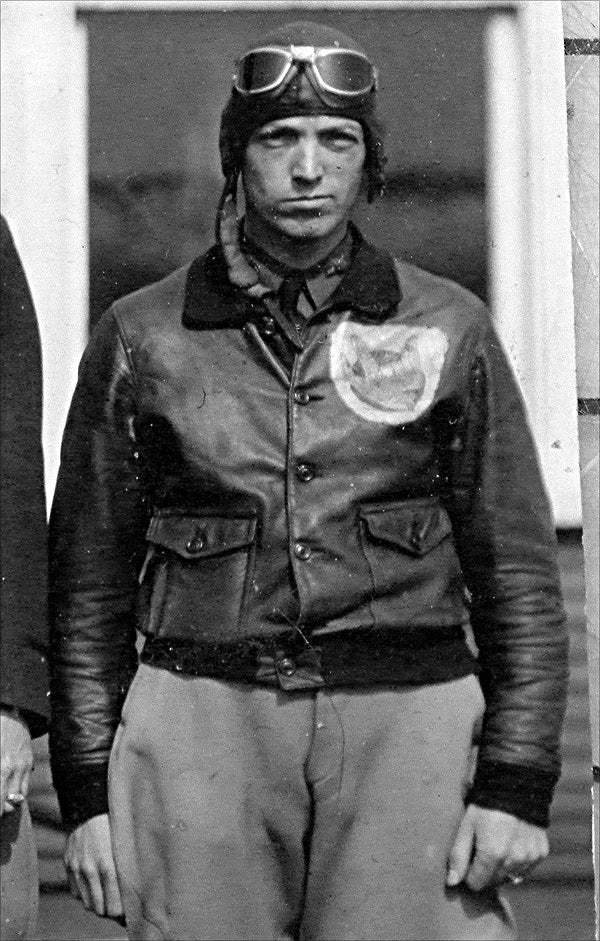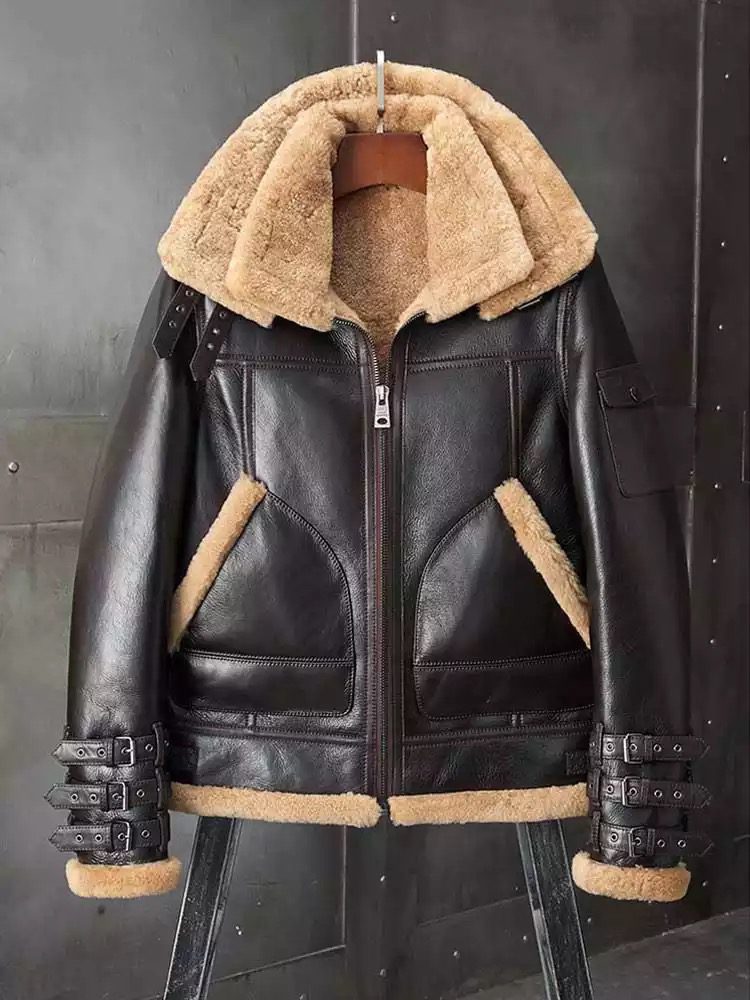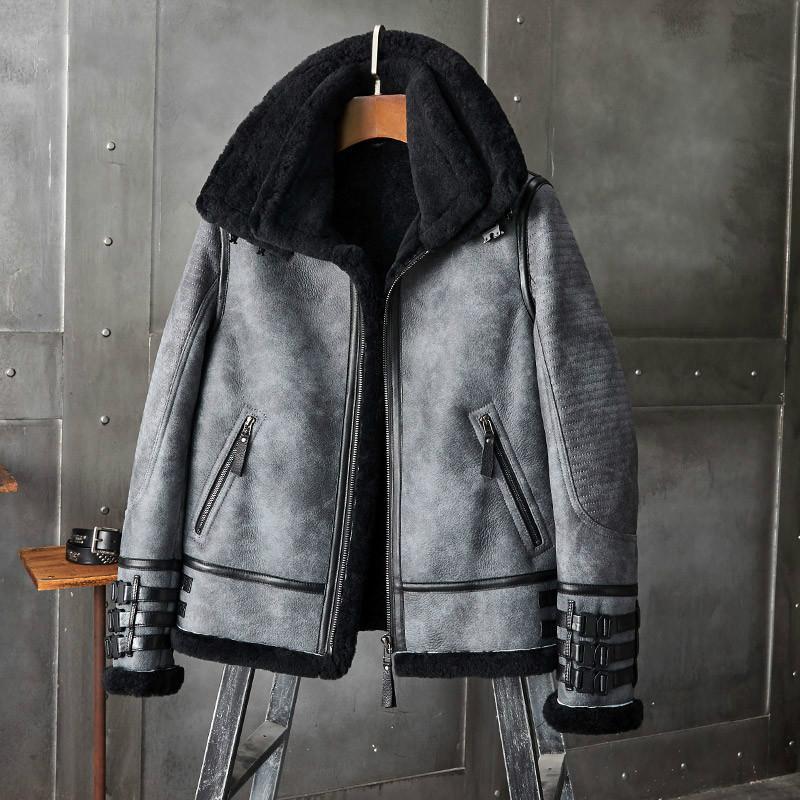No products in the cart.
History of original b3 bomber jacket
What is original B3 bomber jacket?
The original b3 bomber jacket made of leather-like other jackets normally in low-temperature areas. Leather bomber jackets are very hot due to heavy, pure leather and hot fur material. The US military air force army use it during world war 2
History of b3 bomber jacket
History of b3 bomber jacket ‘Bomber jackets,’ as we refer to them today, were originally known as ‘air jackets’ and were developed by the US. Army Aviation Clothing Board in 1917 to keep WWI pilots warm in open cockpits. During the two world wars, the design of the jet jacket appeared in line with aviation development.
As the barracks closed, became smaller, and more sophisticated. The US introduced bew styles including the US Army Type A-1 in 1927. The A-1 had a woven belt and cuffs, which not only closed the jacket in the cold air but gave it a particularly flattering balance, up at the waist. The A-1 laid the foundation for the modern original b3bomber jacket. We know today with a knit collar, cuffs, and waistband (although the 1927 A-1 had button closures. Visit here for more about b3 bomber jacket history
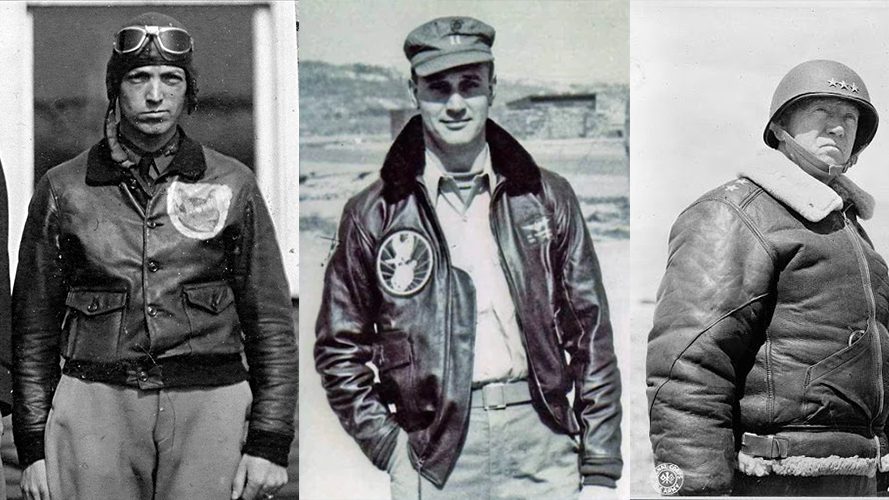
Types of bomber jackets
B3 bomber jacket
Although all of the above jackets are often referred to as men b3 bomber jacket, and they are part of history, B-series jackets were the first jet jackets specifically designed for the most advanced bombers and their needs. B-3 was introduced in the mid-1930s, made of sheepskin, and lined with heavy wool. It did not have a woven belt attached to the jets of the previous flight, but two leather belts allowed the pilot to cover the wide collar of sheepskin. The producers designed this huge coat to keep the bombs warm 25,000 feet high.
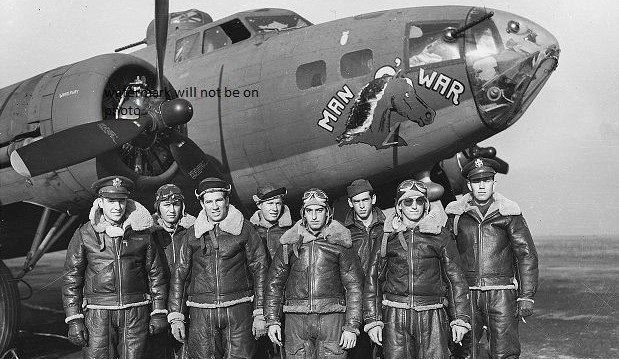
G-1 Flight Jackets
This G-1 model launched on March 28, 1940, the M-422. The outfit had very distinguished look by many notable features. But most of all, the mouton collar, which bore the USN logo, was painted white or yellow on the back. This was especially evident when the pilots were lifting their collars to protect themselves from the air at the runways.
The jacket has two pre-attached pockets which you can close with artificial resin buttons and an inner left pocket. The pilots often placed maps in it. A Talon zipper closes the outfit. US Navy imported the goatskin for these jackets and mainly made them with it. The goatskin was not widely available at the time So, they import it from out of the country. That made jackets more expensive than their USAAF counterpart, A-2. The M-422 has a back pleat and axillary pleat that ensures the wearer has the greatest freedom of movement in the cockpit. They produced belts with pure wool and used a horizontal and straight knitting technique which was a very unique element.
The M-422 follower was an upgraded M-422A model, with a pen holder in the outer left pocket. The US introduced it to the Navy again in October 1941. They made both models of seal brown and russet brown. In 1947 the US officially introduced Navy and Spec with the name of the G-1 jacket. From 1951 there was the G-1 MIL-J-7823, which the US made in five other models until 1971 with the G-1 MIL-J-7823E.
However, since the mid-1960s, the level of jackets had dropped, and by this time the MA-1 nylon jacket had found its way into the cockpits of USN and USMC aircraft. However, the G-1 was a status symbol and every pilot was proud of this outfit. The US Navy is still designs G-1 for the Navy to this day, though only partially with cowhide and a collar made of synthetic faux fur. Forty manufacturers have produced the famous U.S. Navy sect jacket from 1940 until now. These include manufacturers such as Fried Oysterman Co.
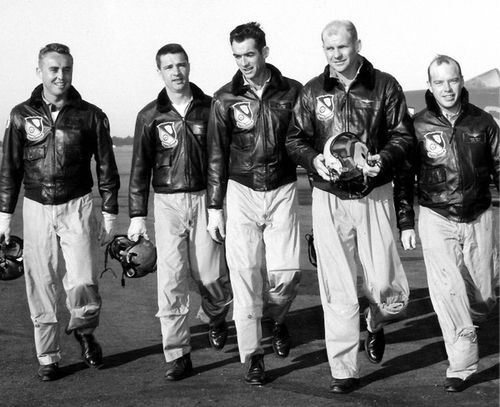
WW-2 Bomber jacket
The “Bomber Jacket” also known as the Flight Jacket or Women’s B3 Bomber Jacket was developed during World War II. Most of the sailors and bombers used this outfit for their work. They adorned the jacket with squadron pieces and memorable paintings painted on the back. On April 27, 1943, the U.S. Air Force measured the “Jacket, Flying” as the “Type A-2” flying jacket.
The Navy described that complete coat as “strong brown horse leather, woven wristbands, and waist belt”. Compared to the original Flight Jacket, the A-1s, the A-2 had a leather-like collar-style shirt, concealed snap points, and shoulder straps sewn on the floor.
It also has a hook and eye lock on the collar of the coat, giving it a very convenient and secure way to tie the coat together. In terms of ratings, they ranged from 32 to 54. These jackets were not only a combination of style but also suitable for the cold and crowded living quarters of many airlines. With the war in the introduction of World War II, it was very important for the pilot to have functional outerwear in cold weather.
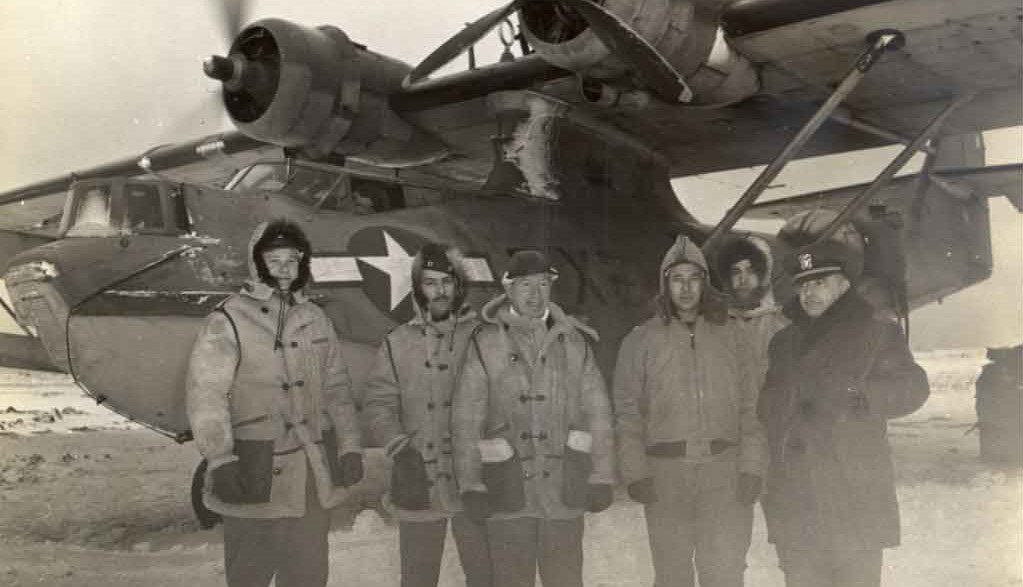
Ma-1 original bomber jacket
The first MA-1 bombs were dropped in the 50s on U.S. pilots in. Air Force and Navy. Created from high-quality, lightweight nylon with a new filling of polyester fiber, these new season coats offer high warmth without weight. Cuffs with ribs and a cut body allow for a smooth fit to avoid grabbing and dialing. The US-designed MA-1 to serve as a medium-sized jet jacket for year-round use.
This has been achieved by producing MA-1 with high-quality nylon fabrics and polyester interlinings. Black will never go out of fashion, so with the Black Airline MA1 jacket, you can surpass the simple home look. Keep the front zipper open, and put on a long-sleeved bottom shirt that is half-fitted. Pair it with black chinos or black sweatpants, loose at the top but tucked in at the edges.
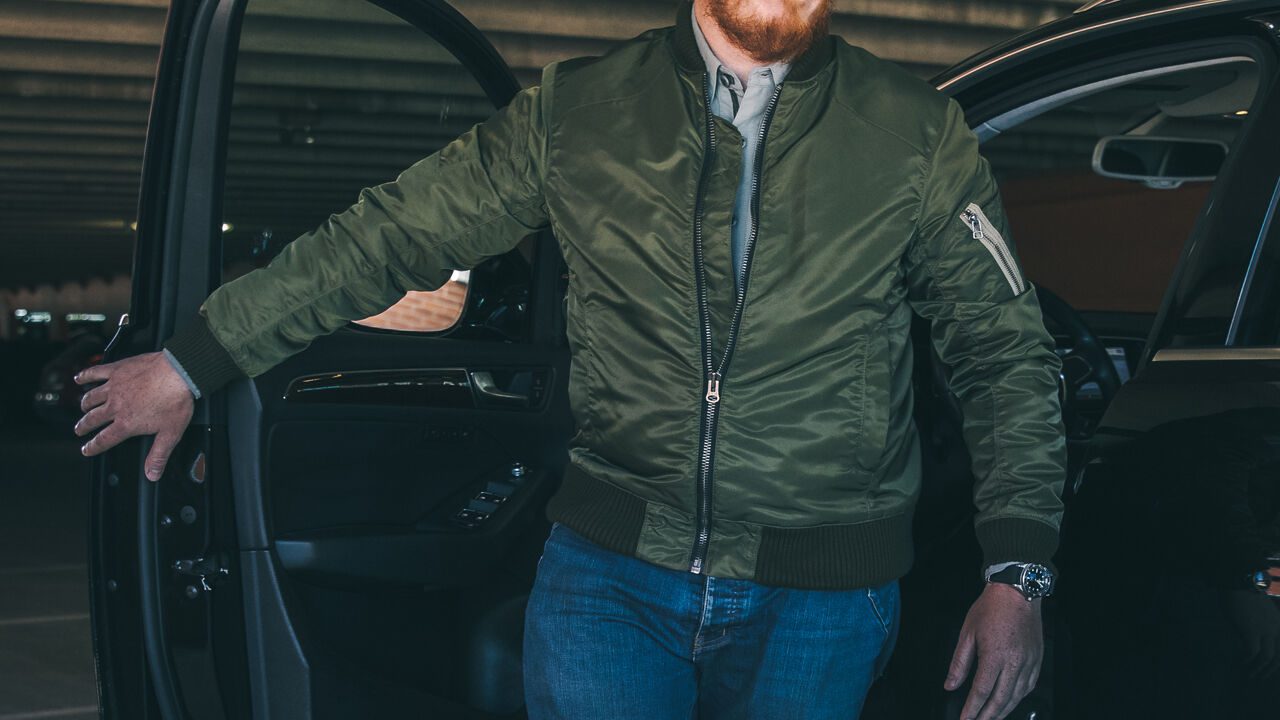
Origin of b3 Bomber jacket
During World War I, bombings in the air were commonplace, especially in Europe. Which led to the development of bombers and the training of pilots – known as “aces” – to carry out bomb tactics.
The first bomber jackets were made of leather and fur, both of which were very protective items that were well suited to the cold, open air of WWI bomber planes. What we know as a bomber jacket today probably has your name on these planes and their pilots. In 1927, the US Army produced the first standard aircraft jacket: the A-1 type. The A-1 details included a woven belt and cuffs for better fit. There were usually made of horse leather, sheepskin, or goatskin. It also has button closures and flap pockets. The A-1 quickly penetrated the A-2s in the ’30s, which stripped the buttons of a more secure zip closure and added a folding collar, promoting a vintage and instantly recognizable silhouette.
Bomb jacket During World War II, advances in technology allowed aircraft to fly at higher speeds and higher altitudes, bringing the need for even better pilot jackets. In the photo above, B-3 is one of these low-temperature types, adorned with a thick shearling. Airplane jacket models are growing very new in both style and construction materials. The B-15 aircraft jacket was introduced in the ’40s, with woven cuffs and an outer shell made of nylon or cotton-rayon compound. It also features a mouton fur collar and oxygen mask straps. Two design details that did not reach the latest versions, and a sleeve pen, design details made.
I hope this article gives you a brief explanation of the history and types of original b3 bomber jacket. Always remember knowledge makes you more powerful. And when you do something after getting knowledge of it, it reduces your risk of failure.
